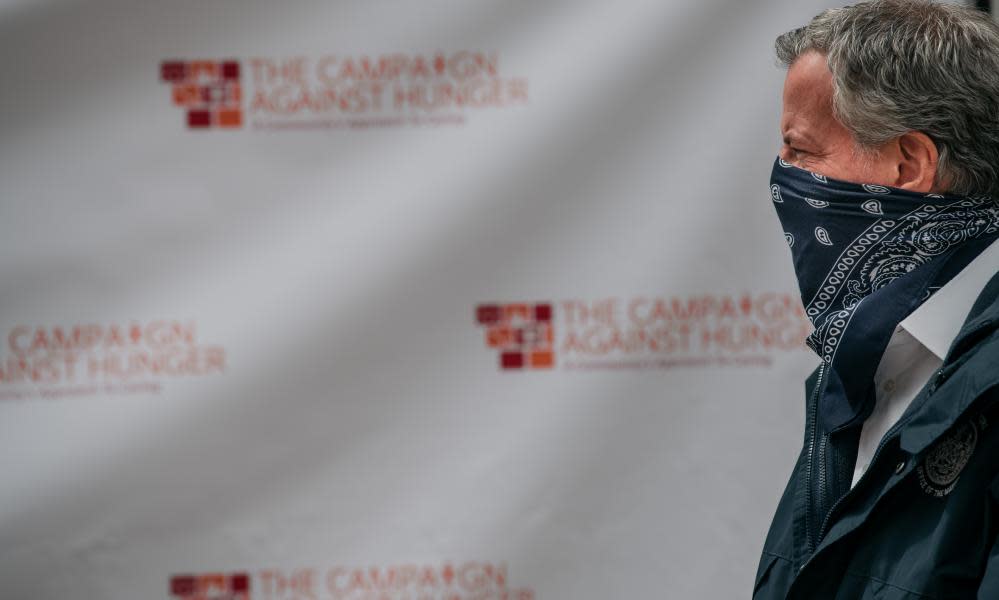Masks blunt the spread of coronavirus – but not all are created equal

Masks have been found to be one of the most effective tools at blunting the transmission of the coronavirus, but not all face-coverings are created equal.
Researchers at Duke University recently ignited a debate over bandannas and neck gaiters earlier this month when they published findings on the effectiveness of 14 different face coverings at filtering respiratory droplets and found significant differences in performance.
The study, which was published in the journal Science Advances, found that fitted N95 respirators performed the best, followed by surgical masks and cotton masks that had a layer of synthetic material between two layers of cotton. (The US is still experiencing shortages of N95 respirators, so experts say those should be reserved for frontline healthcare workers.)
Neck gaiters performed the worst at suppressing the respiratory droplets that could infect others, followed by bandannas. But not everyone thinks this is a finding we should live by. The New York Times even exhorted its readers to “save the gaiters!”
“For [the neck gaiter], we actually saw what seemed to be an increase in the particle numbers,” said Martin Fischer, one of the report’s authors, on a press call. “We attribute that to the mesh fabric actually dispersing some of those droplets.” He said more, smaller particles could linger in the air longer than large droplets that might be expelled without a mask.
But a subsequent report by researchers at Virginia Tech found that gaiters provided similar protection to other cloth masks recommended by the Centers for Disease Control and Prevention, and that a doubled-over gaiter provided more protection than a single-layer one.
It is possible that the composition of the gaiters used in the studies played a role. “Wrapped around this whole [debate] is the issue of the fabrics that haven’t been well tested,” said Eric Westman, one of the Duke study authors. Duke researchers used a gaiter made of a polyester-spandex blend, while the Virginia Tech study used one 100% polyester gaiter and another that was similar in composition to the Duke gaiter.
So which masks are most effective at preventing the spread of droplets? It’s hard to precisely know right now.
But Fischer, of the Duke study, suggested this general rule: “If you have two masks and one of them is really easy to see through and easy to breathe through and another one [is] not, it’s probably a good bet that the thicker one will perform better.”
Saskia Popescu, an epidemiologist at George Mason University and the University of Arizona, recommended using surgical masks or three-layered cotton ones for the time being. “I don’t think we should take either study to mean we can’t wear certain masks, but rather that for those with concerning findings, perhaps avoid them until we have additional research,” she said .
Meanwhile an earlier study published in July in the journal Thorax found that double-layer cloth face coverings performed “significantly better at reducing the droplet spread caused by coughing and sneezing” than single-layer cloth masks, but noted that single-layer face coverings are still better than no face covering. In that study, surgical masks also outperformed cloth masks.
“The general consensus worldwide is that masks work, and everyone should wear a mask,” said Westman.

 Yahoo News
Yahoo News 
